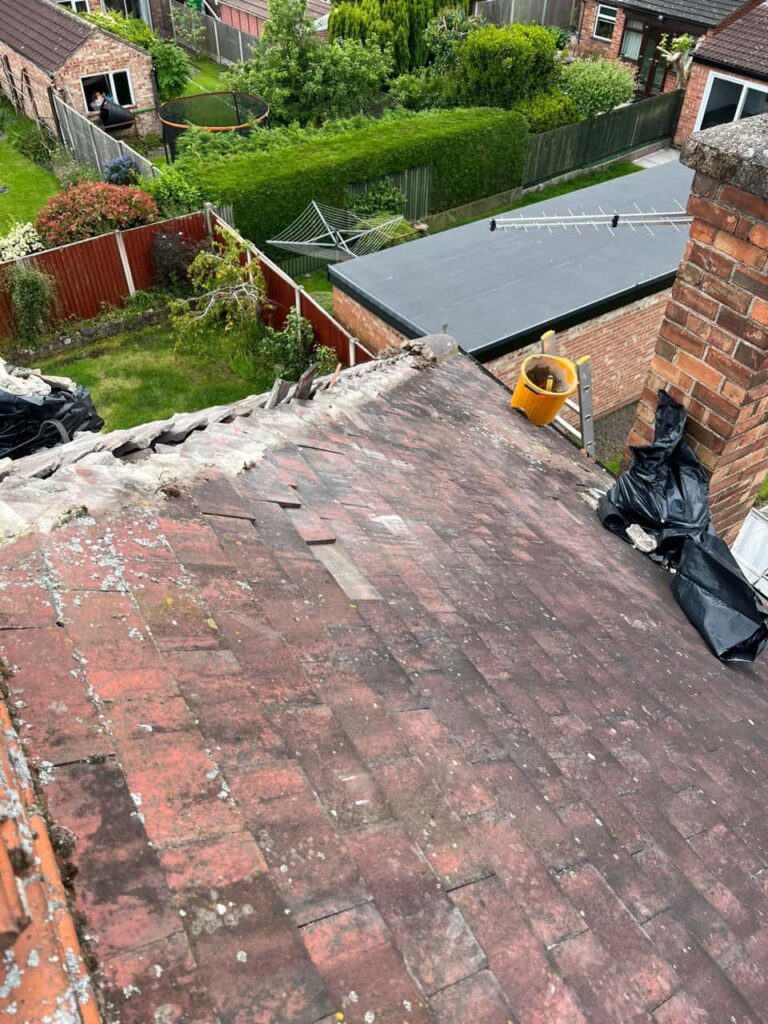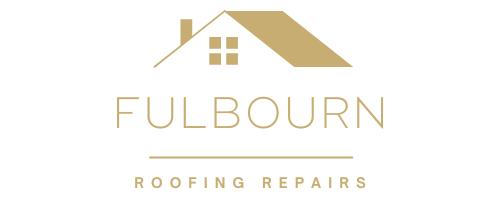Mansard roofs are admired for their unique design and practical use of space, but they require a higher level of care compared to other roof types. With their multiple slopes and flat upper section, they are more vulnerable to water damage, wear, and weathering. Homeowners in Fulbourn who have properties with mansard roofs should schedule regular inspections to ensure their roof remains in excellent condition. At Fulbourn Roofing Repairs, we know that early detection of problems saves time, stress, and potential damage to your home.
Here are five essential mansard roof inspections you should never skip.
1. Checking the Flat Upper Section
The flat or near-flat upper surface of a mansard roof is particularly prone to pooling water, which can eventually lead to leaks or structural issues. An inspection should include:
- Looking for signs of standing water.
- Checking for cracks, splits, or bubbling in the covering.
- Ensuring drainage systems are clear and functional.
2. Inspecting Flashing and Joints
Mansard roofs have multiple slopes and intersections, which means a lot of flashing and joint work. Over time, these areas can weaken or pull away, letting in water. A thorough inspection involves:
- Examining all flashings around dormer windows, chimneys, and valleys.
- Checking for gaps, corrosion, or lifting materials.
- Re-sealing or repairing where needed to prevent moisture entry.
3. Assessing the Steep Slopes
The lower steep slopes of a mansard roof face direct exposure to wind, rain, and debris. Inspections should cover:
- Identifying cracked, missing, or loose tiles or slates.
- Watching for moss or algae build-up that may trap water.
- Checking for uneven surfaces that suggest structural stress.
4. Looking at Gutters and Drainage
Because of their design, mansard roofs often channel large volumes of water towards the guttering system. If gutters are blocked or damaged, overflow can cause water to back up and damage the roof or walls. Inspections should include:
- Clearing leaves, moss, and debris from gutters.
- Making sure downpipes are securely attached and unblocked.
- Checking that water flows away from the property without pooling.
5. Examining the Interior Signs
Not all roof damage shows on the outside. An inspection should also include looking inside the property for signs of trouble, such as:
- Damp patches on ceilings or walls near the roofline.
- Peeling paint or wallpaper caused by hidden leaks.
- Drafts or cold spots suggesting gaps in insulation or roof covering.
Why These Inspections Matter
Mansard roofs are beautiful, but they are also complex. Missing even one inspection could allow a small problem to develop into a major issue, putting both your roof and property at risk. By carrying out these checks regularly, you ensure your home remains secure, dry, and energy efficient.
Conclusion
Mansard roofs need a higher level of care than many other roof designs, but with the right inspections, they can remain strong and reliable for many years. By focusing on the flat upper section, flashing, steep slopes, gutters, and interior signs, you can stay ahead of potential issues. Fulbourn Roofing Repairs provides professional mansard roof inspections and repairs across Fulbourn, Cambridgeshire, helping homeowners protect their investment and maintain peace of mind.
Call us on: 01223 659 397
Click here to find out more about Fulbourn Roofing Repairs
Click here to complete our contact form and see how we can help with your roofing needs.

